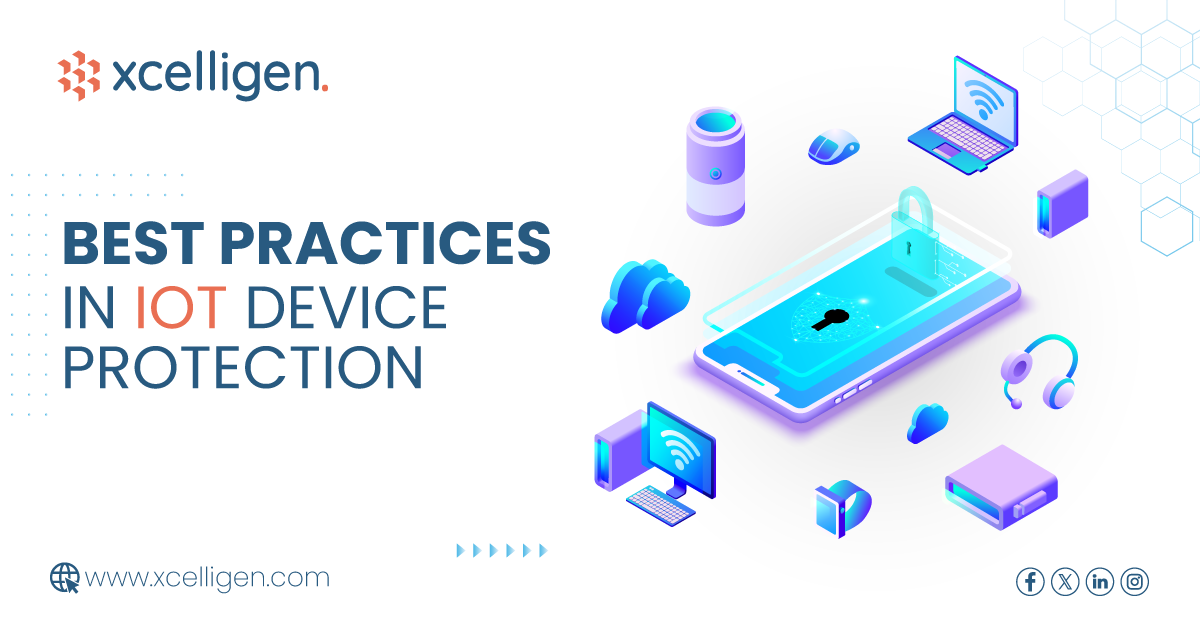
Introduction
In the digital age, the Internet of Things (IoT) has emerged as a transformative force, reshaping how we interact with technology in our daily lives. With its rapid expansion, IoT has not only revolutionized communication and innovation but also raised significant concerns regarding the protection of IoT devices. The security and integrity of these interconnected devices are critical not only for data protection but also for ensuring their ongoing functionality and reliability. Understanding the nuances of IoT security is the first crucial step in protecting these devices, which range from basic household appliances to complex industrial sensors. Their integral role in both personal and business sectors makes them attractive targets for cyber threats, emphasizing the need for robust security measures.
Strengthening Authentication and Regular Updates
The foundation of IoT device security lies in strong authentication protocols. Establishing solid password policies, implementing two-factor authentication, and the use of digital certificates are key to ensuring devices verify their identity before accessing networks or data exchange. Equally important is the regular updating of IoT devices. Manufacturers often release updates that patch vulnerabilities and introduce new security features, which are crucial for maintaining device integrity against evolving threats.
Advanced Data Protection and Network Segmentation
Network segmentation and the use of firewalls play a pivotal role in IoT security. Segregating IoT devices onto different networks isolates them from critical systems, significantly reducing the risk of extensive network breaches. Firewalls add another layer of defense, managing and controlling network traffic based on predefined security rules. Protecting data through encryption is vital, ensuring its confidentiality and integrity both during transmission and when stored. Secure communication protocols such as SSL/TLS are essential in safeguarding data against unauthorized access and breaches.
Human Factor and Policy Framework in IoT Security
The human element in IoT security is often underestimated. Regular security audits and risk assessments are indispensable in uncovering potential vulnerabilities and enabling timely countermeasures. Continuous monitoring and adapting to new threats are crucial in the dynamic landscape of digital security. User education and awareness play a significant role in mitigating human errors, which are a major source of security breaches. Training users in recognizing phishing attempts, securing personal devices, and understanding safe IoT practices is fundamental. Additionally, the deployment of advanced technologies like AI for threat detection and behavior analysis enhances security measures by identifying unusual activities and threats in real time.
Creating a Comprehensive IoT Security Policy
Developing an all-encompassing IoT security policy is essential. This policy should include guidelines on acceptable usage, security protocols, and strategies for incident response. Regular revisions and updates ensure that the policy remains relevant and effective against current threats. The responsibility of IoT device manufacturers is critical in this ecosystem. Designing devices with security as a primary focus, ensuring secure default settings, and providing firmware update capabilities are crucial steps. A synergistic effort between manufacturers and users is key to creating a secure and resilient IoT environment.
The Future of IoT Security
Looking ahead, the future of IoT security hinges on the advancement of technology and the evolution of cyber threats. The increasing interconnectivity and smart capabilities of IoT devices will require even more sophisticated security solutions. This includes the development of AI and machine learning algorithms for predictive threat analysis, the integration of blockchain for secure and transparent data transactions, and the exploration of quantum computing for next-level encryption methods.
Conclusion
In conclusion, securing IoT devices is a complex challenge that demands a multi-faceted approach. It requires the integration of advanced technological solutions, ongoing user education, proactive policy development, and a strong commitment from manufacturers. By embracing these practices, we can significantly enhance the security of IoT devices, ensuring their safe operation in our increasingly connected world.